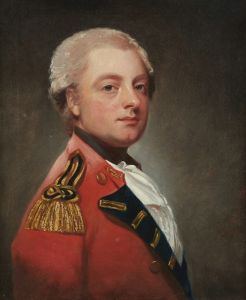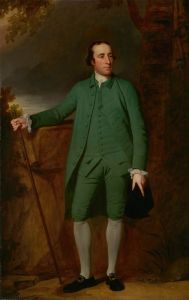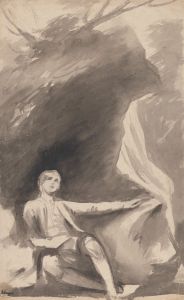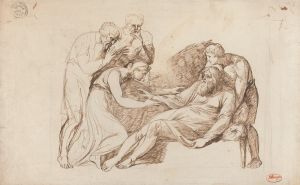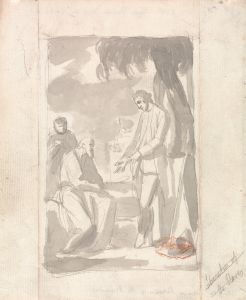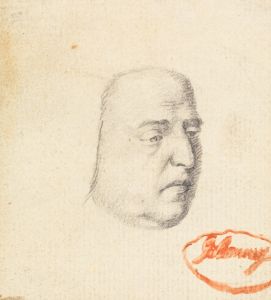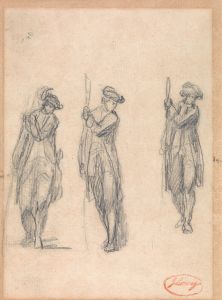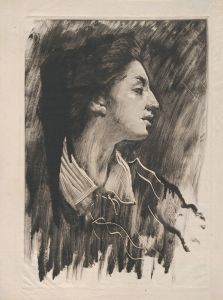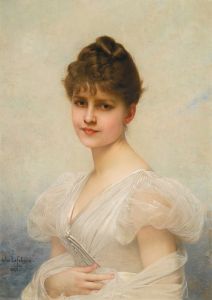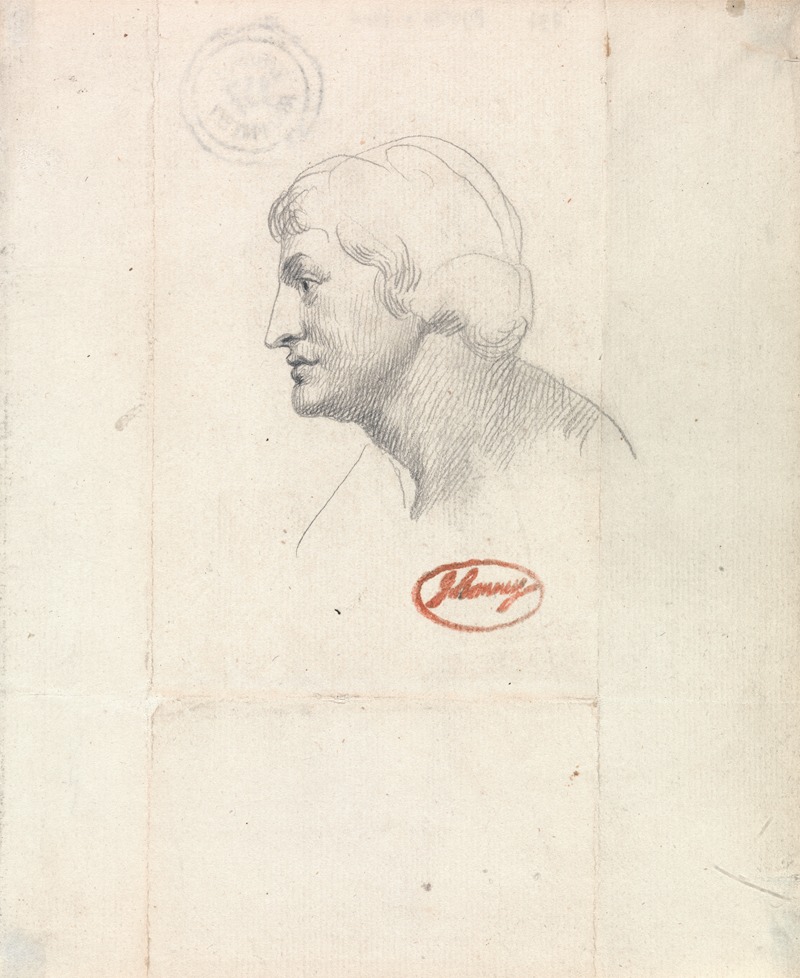
Head of Apollo
A hand-painted replica of George Romney’s masterpiece Head of Apollo, meticulously crafted by professional artists to capture the true essence of the original. Each piece is created with museum-quality canvas and rare mineral pigments, carefully painted by experienced artists with delicate brushstrokes and rich, layered colors to perfectly recreate the texture of the original artwork. Unlike machine-printed reproductions, this hand-painted version brings the painting to life, infused with the artist’s emotions and skill in every stroke. Whether for personal collection or home decoration, it instantly elevates the artistic atmosphere of any space.
George Romney was an eminent English portrait painter in the late 18th century, known for his vivid and expressive style. One of his notable works is "Head of Apollo," which exemplifies his skill in capturing classical themes and figures. Romney's fascination with classical antiquity is evident in this piece, reflecting the broader neoclassical movement that was prevalent during his time.
"Head of Apollo" is a study that showcases Romney's interest in the idealized forms of classical sculpture and mythology. Apollo, the Greek god of music, poetry, and the arts, was a popular subject in neoclassical art, symbolizing harmony, order, and reason. Romney's depiction focuses on the head of Apollo, emphasizing the god's serene and noble features, which align with the classical ideals of beauty and proportion.
Romney's technique in "Head of Apollo" demonstrates his mastery of chiaroscuro, the use of strong contrasts between light and dark to give the illusion of volume in modeling three-dimensional objects and figures. This technique helps to highlight the contours of Apollo's face, giving it a lifelike presence despite the work's relatively small scale and focused subject matter.
The painting reflects Romney's broader artistic interests and his engagement with the intellectual currents of his time. During the 18th century, there was a renewed interest in classical antiquity, driven by archaeological discoveries and the writings of art theorists who advocated for a return to classical principles. Artists like Romney were inspired by these ideas, seeking to emulate the perceived purity and simplicity of ancient art.
Romney's "Head of Apollo" can be seen as part of this larger cultural movement, where artists sought to capture the timeless qualities of classical art while also infusing their works with contemporary sensibilities. This approach resonated with the tastes of his patrons, who were often members of the English elite with a keen interest in classical culture.
While "Head of Apollo" is not as widely recognized as some of Romney's full-length portraits, it remains an important example of his work with classical themes. It illustrates his ability to distill the essence of a subject into a focused study, capturing both the physical beauty and the symbolic significance of the figure.
Romney's legacy as an artist is marked by his ability to blend classical influences with the portraiture traditions of his time. His works continue to be studied and appreciated for their technical skill and their reflection of the cultural and intellectual milieu of 18th-century England. "Head of Apollo" stands as a testament to Romney's enduring fascination with the classical world and his contribution to the neoclassical movement in British art.








